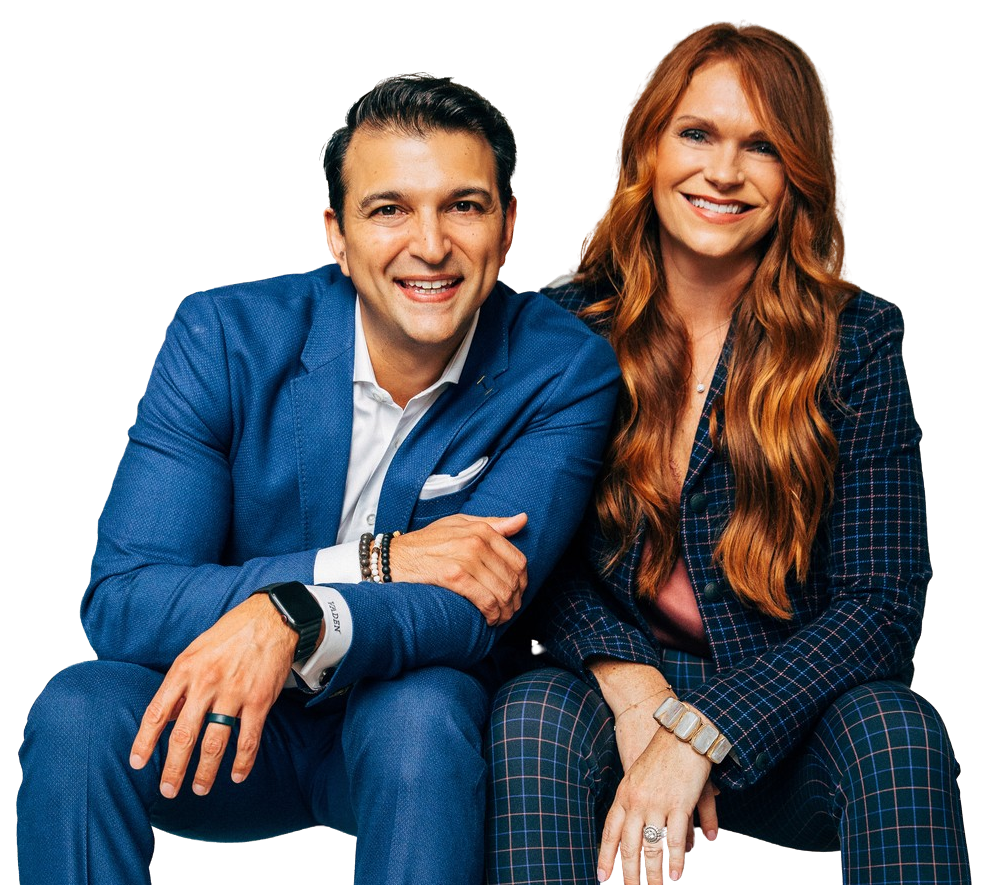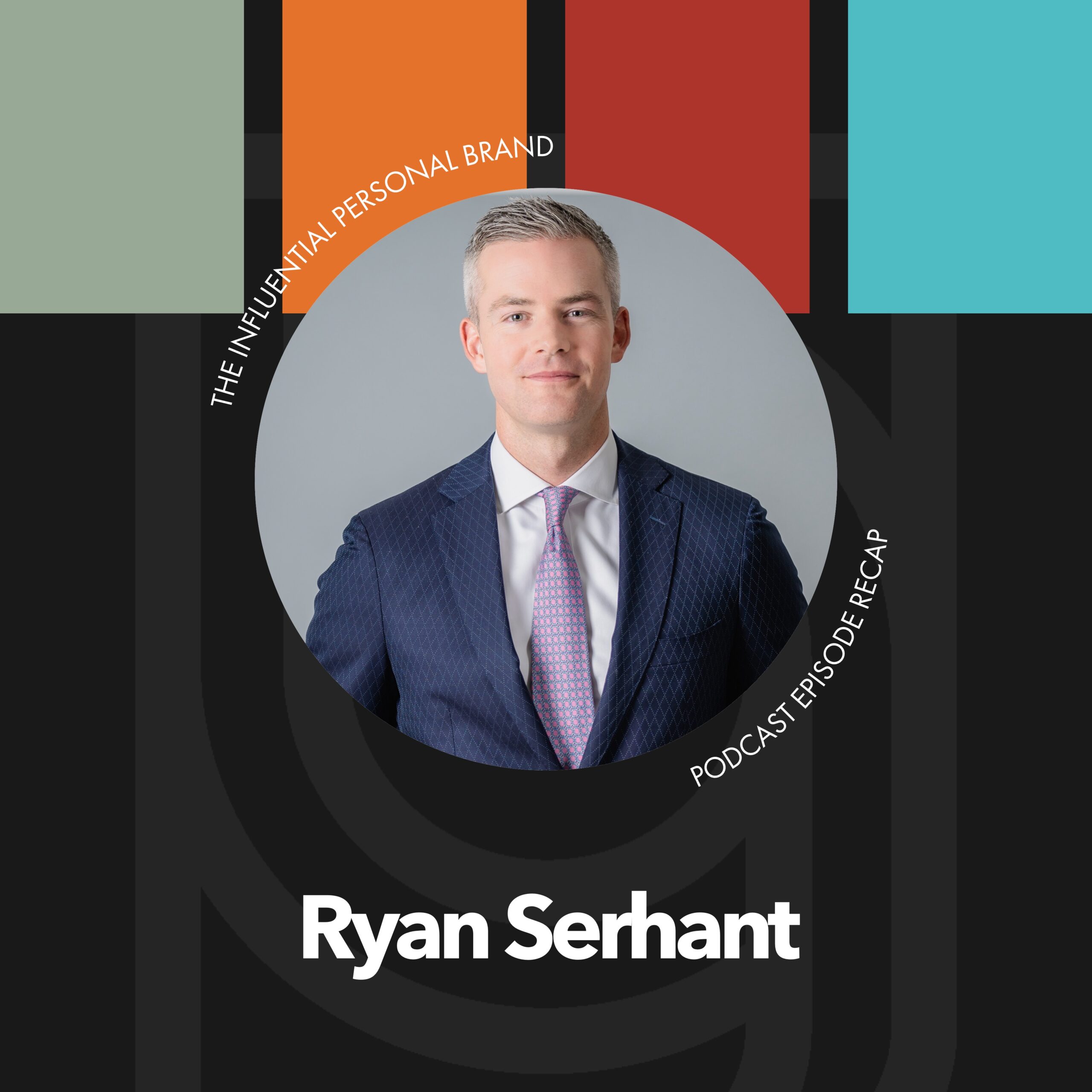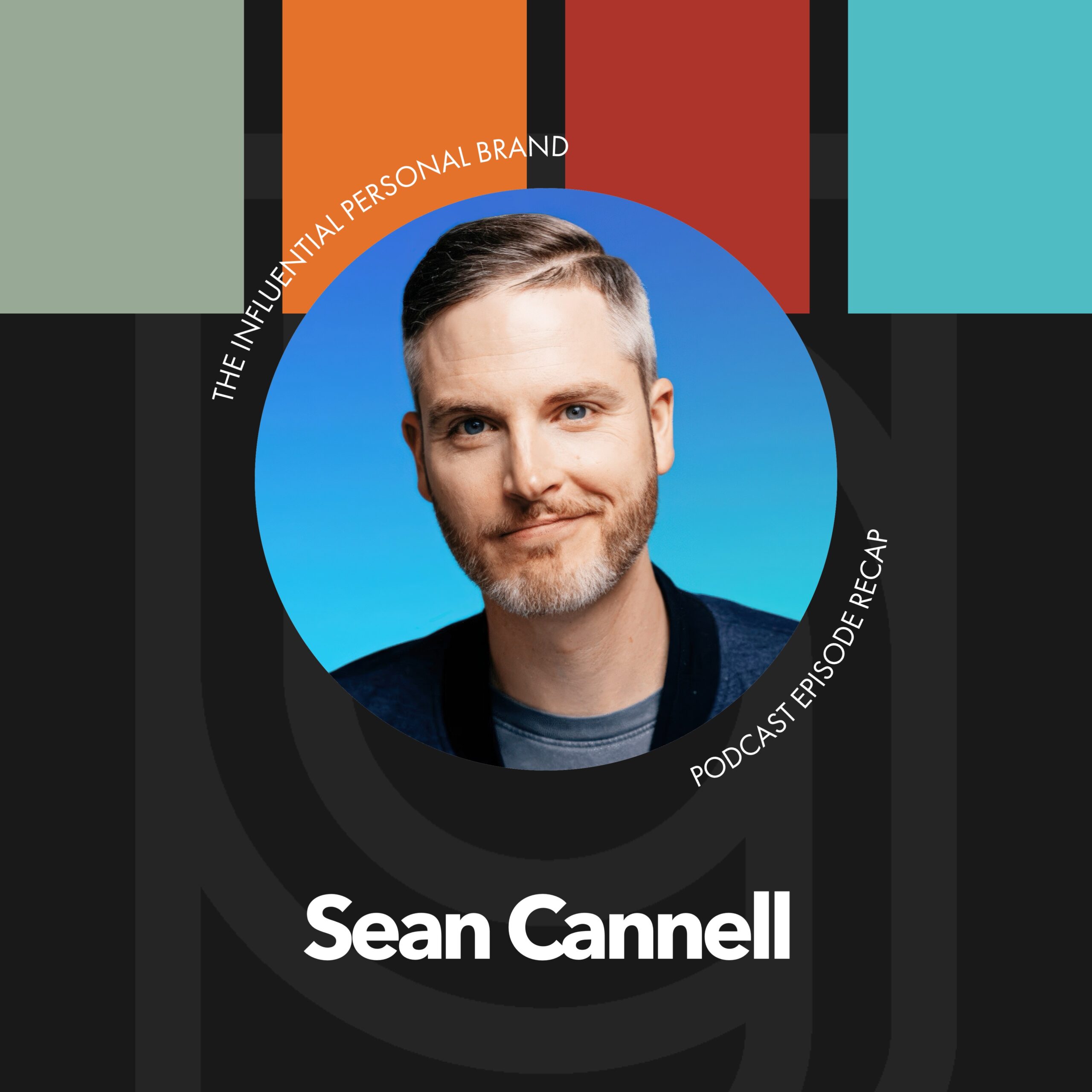RV (00:07):
Hey brand builder, Rory Vaden here. Thank you so much for taking the time to check out this interview as always, it’s our honor to provide it to you for free and wanted to let you know there’s no big sales pitch or anything coming at the end. However, if you are someone who is looking to build and monetize your personal brand, we would love to talk to you and get to know you a little bit and hear about some of your dreams and visions and share with you a little bit about what we’re up to see if we might be a fit. So if you’re interested in a free strategy call with someone from our team, we would love to hear from you. You can do that at brandbuildersgroup.com/podcall brand builders, group.com/pod call. We hope to talk to you soon.
RV (00:54):
Hey, welcome to the influential personal brand podcast. Recap. It is Rory Vaden here. Rolling solo today, breaking down the interview. This recent interview with David Glickman that I did, who’s a long time friend and somebody who is one of the funniest people that I’ve ever met and somebody who has a knack for understanding comedy and writing comedy for other people. And I’m going to talk about five, five keys to creating comedy in this recap inspired by some of what I’ve learned from David is not with us today. So sorry about that. You got them, you got yours truly, but we’re going to make it awesome because this topic of, of humor, we we’ve had a couple people come on where we have started talking about it. But you know, this is an important, an important topic to me.
RV (01:49):
And it always has been because I was not funny. Like I wasn’t the funny kid and, you know, to, to have my dream of being a speaker and, you know, like reaching millions of people, this was one of the skills I felt like could help me. And I thought it was just something you either were born with, or you did not. And of course I’ve learned over the years that that comedy and humor is very much a skill. It is a science it’s, it’s rooted in, in our brains. Like there’s, there’s neuroscience behind it. And it’s, it’s such a practical thing. It’s not easy, but it is something that you can learn to do. And so anytime I get to have one of these conversations with, you know, these like professional comedians, these, these people like David who are really truly funny and, and understand how their mind works.
RV (02:41):
I just get excited about that because, you know, for someone like me, it’s just super, super empowering. And so I’m going to share with you my top three takeaways, but one of them is, is really broken down into a four parts or five, five parts. So I’ll start with the first one. All right. So my first, my first takeaway here on the subject of humor, and this came up, we did another interview with another one of my comedy mentors, Darren LaCroix, while backs may a few months ago where we talked about some other, other elements of comedy, but David brought it up here in a, and I just think it’s, it’s almost like an unnecessary disclaimer that you, you stay away from controversial or emotionally charged topics. Like that is one of my takeaways is just a good reminder of just going like, look, if you don’t, first of all, you don’t need to go down that road to be funny.
RV (03:39):
Like you just like, you don’t need to swear now if swearing as part of your personal brand, fine, like, yeah, that is that’s up to you, but you don’t have to do it. You know, a lot of times people think of being like a standup comedy comedians. It’s like, oh, they’re really grotesque. Or they’re, you know, they, they cuss a lot or, you know, they’re very graphic. You can do that and be funny, but you also don’t have to do that to be funny. And in many ways I am much more impressed by the people who don’t from an artistic standpoint, not even from like a philosophical belief or whatever, but from an artistic standpoint, because the foundation of all of humor is very simple. It is misdirection. It is causing people to think you’re going to say one thing, and then you say something else.
RV (04:30):
And that is, that’s kind of the, the, the, you know, the grand Poobah of premises, as it relates to humor at our we have a members only event called world-class presentation craft, where we talk about the nine psychological laughter triggers and then nine laughter techniques that you can do immediately to get more laughs. But the foundation is this misdirection. So anytime that you say something unexpected, that’s part of laughter well saying things that are gross or offensive or flagrant or cussing or whatever those things get lasts because they’re, you know, they’re missed they’re unexpected, but it’s kind of like not artistic, right? I mean, at least that’s how I think of it. So I, there are some comedians that I really love who cost a lot. I mean, and there’s some, you know, that I think are really, really funny, but I really admire the ones, you know, like Jerry Seinfeld, as an example, who, who almost never cusses, like even a little bit or Ellen degenerate, because it’s such an art and the, the, the, the big takeaway here is going, I would encourage you and advise you.
RV (05:42):
And, and again, everything that we teach at brand builders group, including the stuff that we’re sharing, you know, here for free on this podcast are things that we actually do and don’t do. And so my encouragement would be just stay away from controversial or emotionally charged topics. You don’t need to go there. You there’s, there’s better, safer, more inclusive ways of, of getting laughs. So, and it was, that was, that was a takeaway that you prob probably should go without saying, but I don’t think that it does. Even for myself of just being reminded like, Hey, you know, always have that filter of like, who am I offending here? Who might I be offending? So the, the second big takeaway, which to me was the, the re was the big takeaway. This was the big idea from this interview with David is, is understanding the first step in being funny.
RV (06:35):
Like if you are going to try to create a joke or write something that is funny, whether it is for you on stage for an interview, a line in a, in a movie or in a TV show or a line in a book, the very first step is a step that most people overlook in. The magic really starts from nailing this first step. And if you miss this step, it kind of just feels impossible later. But if you become a master at this one first step, then the rest is all doable. Especially as you learn more about it. Like I said, you know, we teach a bunch of techniques and triggers and psychological things that are our actual tactics are our tactical ways that you tactical things that you can apply to actually create a laugh. But if you miss this first thing, man, you, you missed it.
RV (07:29):
And, and it’s not this first thing doesn’t even take that much of a blessing. Like it’s not even a a talent. I mean, certainly it could be a natural talent, but of all the parts of comedy, this is probably the part that requires the least amount of talent and the most amount of discipline. What am I talking about the first step to writing? Great humor is observation observation. And that really stuck with me from this interview with David in a way that I’ve never has never really been, I’ve been so clear on is that if you can be a great observer Andy Andrews would call this being a noticer. By the way that the podcast interview we did with Andy Andrews was, was also about humor. He’s one of the funniest speakers I’ve ever seen. But if you can observe, if you can notice, it’s almost like you have to identify the, the, the key to great comedy is identifying the opportunity for humor.
RV (08:35):
It’s, it’s going, ah, it’s like setting this mental alarm. Like there’s something funny here, or there could be something funny there. And if you can identify that ripe opportunity, then it’s just a matter of mechanics and, you know, some practice and, you know, training your brain to think in a certain way to make it funny. But the real first thing is, is observation, and you have to master it. And that’s what David was talking about. So I’m going to share with you the five CS of comedic observation, five CS of comedic observation. So this is all undertake away. My second takeaway, and I, and I got a third one too, but I thought this was, you know, even for myself just capturing this. So the first C is characterizations characterizations. So this is self-deprecating humor. You can, the first opportunity to observe, or the first, if, if I was looking for sources of potential comedic material, the first place to look is with yourself, it is self-deprecating humor.
RV (09:41):
And so I call it characterizations because it’s like, if you were going to get a sketch of yourself by like a, like someone who made you into a character, what are your most salient features? What are your most noticeable characteristics? What are the most obvious physical traits, or even, you know, demographic traits about yourself that, that somebody might point out. And if you can just like, look at yourself and your family and your life and your expertise in your industry through this lens of like, what if you were a character, what parts of you would, would I exaggerate? You know, if, if we were on the streets of France, you know, and, and somebody was just like drawing, drawing you out on a page is, is, is, is to, is to characterize to over, over or, or just to exaggerate the most salient features that you have.
RV (10:40):
That’s a huge opportunity for humor. And obviously if it’s about yourself, that’s a much safer, you’re less likely to offend people. The second C is challenges, challenges everywhere. You’re experiencing a frustration in your life everywhere. You’re annoyed, everything that makes you mad, everything that drives you crazy. Those are the most ripe opportunities for humor, because we laugh as an exhale of tension. We laugh as a, as a way of releasing stress and releasing pain. And also, you know, Andy Andrews, if you go back and listen to that interview, he talks about how humor is basically zooming really close in on things it’s zooming in really close and things that everybody sees. And so you go, what are the things that just drive you nuts about your kids, about being married, about owning a house about, you know, being a man or a woman, or, or, or like just, you know, being on the phone with Verizon or going to the mall or traffic or airports.
RV (11:48):
I mean, if you, you sit back for a second, you realize like so many comedians taking these everyday parts of our lives, and they’re just, they’re zooming in on the challenges. So you got to train yourself to go, I need to keep a challenges list of anything that frustrates me. I’m going to, I’m going to note that as a potential, that’s an observation. It’s a place that I can draw comedy from. The third C is culture culture. Anytime you can make cultural references, it’s going to be, it’s going to be funny. And it’s going to give you a really easy way to naturally create a laugh. And you just got to go, what is popular right now in culture? What is the thing that everybody’s talking about? What are the big TV shows, who are the, what are the big movies who are the big actors and actresses, the musicians, what are the big, you know, the sports teams the sports teams in your area, what are the, the, the most popular books?
RV (12:54):
What are the big things in the news cycle? Anything that has like national attention is, is pop culture, anything inside a culture, if you can just reference that, somehow people will think it’s, it’s funny. So again, you, the first step is not to create something funny. The first step is to identify where you might have an opportunity to create something funny. And it’s, it’s these observations. So that’s the first C was characterizations. Then you had challenges. The third C is culture. The fourth C is customization, which is really what I think most of this interview was with David. So if you you know, this recap is a little bit of a, you know, I’m kind of also turning into a teaching point for myself and, and hopefully for you, of things that I’m putting together from various places, but this was really about customizations and, and talking about how do you find basically the challenges and the characterizations of like the group you’re speaking to and pulling that into you know, you’re basically just commenting on it and by the fact that the virtue of commenting on it, everybody laughs and so customizations are an easy opportunity for humor.
RV (14:17):
The bomber about customization is also part of what makes it the magic, which is that you can only use it once, right? You can only really use that joke for that one particular audience, but it also doesn’t have to be so super funny which is actually what my third takeaway was, the more narrow, the customization, the more forgiving the audience. So the, the more hyper-specific your reference, you know, if I referenced Ted lasso, that could be very funny. It is a pop culture reference that a lot of people are talking about or aware of. And if I can make some comparison, you know to the way we run our organization is like Ted lasso or so-and-so, it’s like total at Ted lasso, or, you know, our, our, our email list is growing faster than Ted lasso. Those could be funny, but the, the more specific to the audience, which is like, you know if I’m talking, I’ll just grab pampered.
RV (15:17):
Chef is one of my past Keno clients, right? If I’m talking to pampered chef and I make a joke about the pizza stone, which is like one of the products they sell, that it doesn’t have to be written as well. It doesn’t have to be academically as funny as like a, a perfectly structured joke would be because it’s so custom to that audience. Right. And if I’m in front of pampered chef, everybody’s going to know what a pizza stone is. And you don’t, but anybody there would, and that’s, that’s the, that’s the point. So this is another opportunity for you for humor is anytime that you’re in front of any audience, you just kind of ask yourself, what are the key terms for this audience? It’s the same exercise as like the pop culture, except instead of thinking at a national level, you’re thinking at a very localized level of, you know, that community or that industry, or that company, et cetera.
RV (16:16):
And then the fifth, the fifth C for comedic observation is callbacks callbacks. So you’re just looking, you’re just referencing things that other people have said that was funny. And if it was funny the first time, then you can call it back just by bringing it up. So you, you know, inside of callbacks, I would be listening to who were the other speakers before me? What was the funniest thing that happened? Whatever that was, all I need to do is kind of mention that, and everybody will laugh. It is both a callback and it is a customization. And you know, it, it likely could be a challenge as well. If, if, if it was originally commenting as something that was frustrating, the other place you can look for callbacks is your own stuff, right? So as you start to master your presentation and world-class presentation craft, that’s where we kind of go through the detailed mechanics of how do you structure a truly brilliant masterful presentation?
RV (17:20):
Well, and humor is one of those parts as you start to get laughs and you, you, you do your presentation, you get better and better at it, and you start to get people to laugh, pay attention to your own laughs and then ask yourself, okay, this was a big laugh earlier. How do I bring it? How do I bring it back later? How do I, I, I referenced it back. And then the other, the other place for callbacks in terms of observation where this is the whole skill here is observing where’s. The opportunity for humor is with hecklers. Now, hecklers are people who yell stuff out in the middle of your presentation. Well, if somebody yells something out in your presentation, there’s not much you can do in that presentation. I mean, you might be able to turn it into a call back somehow later, if everyone hears it.
RV (18:11):
And it was funny, but hecklers are, are, are often saying out loud, the thing that kind of like everybody is speaking, and you just want to pay attention to when people heckle you and, and try to like meant to make a mental note of it. And then as soon as you’re like done with your presentation, you go write it down. Or if you’re running a webinar, read the comments, or if you did an IgE TV, read the comments or your YouTube video, read the comments because when people make smart Alec remarks on what you said, you can often take that and then kind of massage it. And it will be funny. There’s almost always an element of truth in what there’s. I mean, there is an element of truth in what they’re saying, even if we don’t like it, that’s what hecklers are doing. They’re they are they are commentating on what is happening.
RV (19:04):
So if you can then take that and some of my best jokes are where someone came up to me after a speech and said, oh, you know, I thought you were going to say this, or they’ll blurt something out in the crowd. And then we go, ah, I’m going to take that. And I’m going to deliberately put it in an and manufacturer that as a, as a joke. So anyways, you can do this. It starts with observation. It starts with observation. It doesn’t start with comedic timing or billion being brilliant or having, you know, perfect charisma or delay. It starts with observation. The first step is to like, identify the opportunity using these five CS. If you can do that, you can be com funnier. Just one of many skills that you will learn is if you hang around brand builders group and give us a chance to help you continue to grow your business, grow your brand, grow your message, grow your impact. So keep coming back here to the influential, personal brand podcast, Hey, share this episode with somebody who you know, cares about being funny or someone who you want to make a funny or someone who can help make you funnier. Make sure you send this out to them, say, Hey, I think you, you would like this. Cause we’d love to meet your friends and your network. Thanks for tuning in. We’ll catch you next time on the influential personal brand.














